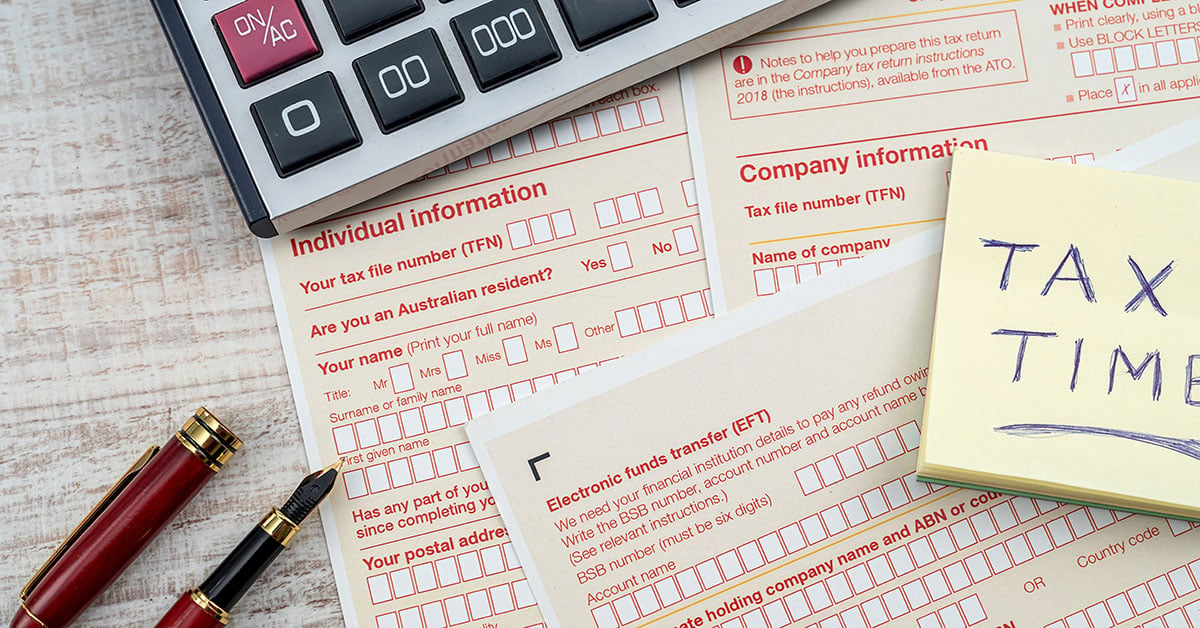Finding the Next Property Investment Hot Spot

It might appear that some investors have the knack to predict the next property hot spot….but the truth is, in most cases they are methodical and detailed in their approach to buying. By analysing the market, getting a feel for the local area, talking to experts and considering their ‘must-have’ list they increase their chances of making an educated decision.
There are some tell-tale signs that can indicate when a suburb or region is about to experience a property boom. After all, timing the purchase of your investment property with the market conditions will be beneficial in the long run for your returns.
The thing to remember about property is that it doesn’t exist in a vacuum. To take property investment seriously is to begin following the news - things like mining and industry, international production, the country's economy, the state of tourism and immigration, the federal elections and more all have influence over the real estate market.
But how do you research the market?
Market Analysis and reading the signs
There are many resources you can tap into to access market data for different regions across Australia. Sources such as CoreLogic RP Data, APM Price Finder, realestate.com.au or Residex will help you understand different property markets across each state and territory. Additionally, most government websites provide community profiles that share information about council plans, development projects or building regulations that can help you understand the supply and demand of the area as well as offering data to refine your search.
From a local perspective, your local LJ Hooker office can provide you with an in-depth local market report detailing the strongest growth areas, most traded and fastest selling areas, the top performing local suburbs and a snapshot of houses and unit sales, median sale price, rental yield, days on market and more. Understanding the local market is very important so make sure you contact your local LJ Hooker office - they live and breathe real estate in your local area and are a great source of valuable local market data.
When looking at the market data reports the Australian Securities and Investments Commission (ASIC) recommends looking into various statistics like:
- The median price: Not just the current figure, but also how it has fared over the previous 12 months. Also, how does it compare to surrounding suburbs? An area that is significantly cheaper than its neighbours can indicate imminent growth.
- Recent sales: Studying the most recent transactions will give you the most up-to-date information on prices in the area.
- Vacancy rates: High vacancy rates can indicate a less desirable area, which could make it harder to find tenants and to sell in the future
- Future changes: If there are any scheduled or proposed developments in the area, you need to know about them. A new school or refurbished amenities could be beneficial to the area's value, for instance, while rezoning or commercial construction could be harmful.
- Expert opinions: There are a number of professionals that offer tips on up-and-coming suburbs via blogs and market reports. Just be wary of any potential biases they might have.
Get a feel of the area
While this can all be achieved from the comfort of your computer chair, ASIC discourages investing in a market that you're unfamiliar with.
Therefore, you should wear out some of your shoe leather and view the suburb in person and talk to a few locals. By walking through the area and attending a few open homes, you will be able to get an idea of the people that live there and what the properties are like.
If you’re looking at buying a house, wander the street and see if anyone is out cleaning the car or watering the garden. Ask them what the area is like, how long they have lived there, what they like about the neighbourhood and what they don’t. What is the noise like during the day and night and any other questions you may have? You may even be able to find out why the seller is moving and if there are any developments that might impact the value of properties in the immediate area.
If you’re looking at buying an apartment, consider knocking on a few doors on either side of the apartment and ask them similar questions, or if that seems a bit scary visit the nearest café and ask them what the area is like – they are often a great source of local gossip and community knowledge.
It is equally important to consider suburbs that are within the zones of high-performing schools and suburbs with good public transport. The 2016 Census revealed that more than 71 per cent of households are families, which means it could make sense to buy a property investment in an area that will appeal to the vast majority of Australians!
Infrastructure and Development
Major council developments and infrastructure projects may seem like a good thing at first glance, but it is important to determine whether this infrastructure boom is a result of planned growth in the area, or whether the growth has already happened and the infrastructure is just catching up.
The local council is responsible for planning and development including zoning and re-zoning so they are a great source of information. So head up to the council and see what you can find out.
Property listings
Given the majority of properties are promoted on-line this is a good a place to research the market. Head to realestate.com.au, domain.com.au or ljhooker.com.au and review the current property listings and recently sold listings in the suburb/areas you are interested in. This will help give you a feel for the local market, how many properties broadly fit your needs, what sort of prices they are selling for and what has been sold recently.
Speak to a real estate expert
Your local LJ Hooker real estate agents live and breathe real estate in your area and are a great source of insider knowledge – much of which you wouldn’t discover alone, so make sure you contact them and ask about the local market.
Proven property investment ‘must-have’ success factors
When assessing a potential investment consider these factors. Having three or more may increase the chances of making a good investment decision.
- Proximity to the city or beaches
- Inner city with trendy cafes, restaurants and shopping centres
- Nearby facilities like good schools, hospitals, parks and transport
- Has the neighbouring suburb boomed as there may be a future ripple effect in the surrounding suburbs
- Good public transport infrastructure
- Prime locations of any city – located around the outskirts of the CBD or near beaches
- Well positioned suburbs that may have been shunned by property buyers as run down and old
- Government initiated urban renewal projects often help transform areas from being run down or industrial into areas of exciting and prestigious residential hubs.
DISCLAIMER - The information provided is for guidance and informational purposes only and does not replace independent business, legal and financial advice which we strongly recommend. Whilst the information is considered true and correct at the date of publication, changes in circumstances after the time of publication may impact the accuracy of the information provided. LJ Hooker will not accept responsibility or liability for any reliance on the blog information, including but not limited to, the accuracy, currency or completeness of any information or links.
Share


